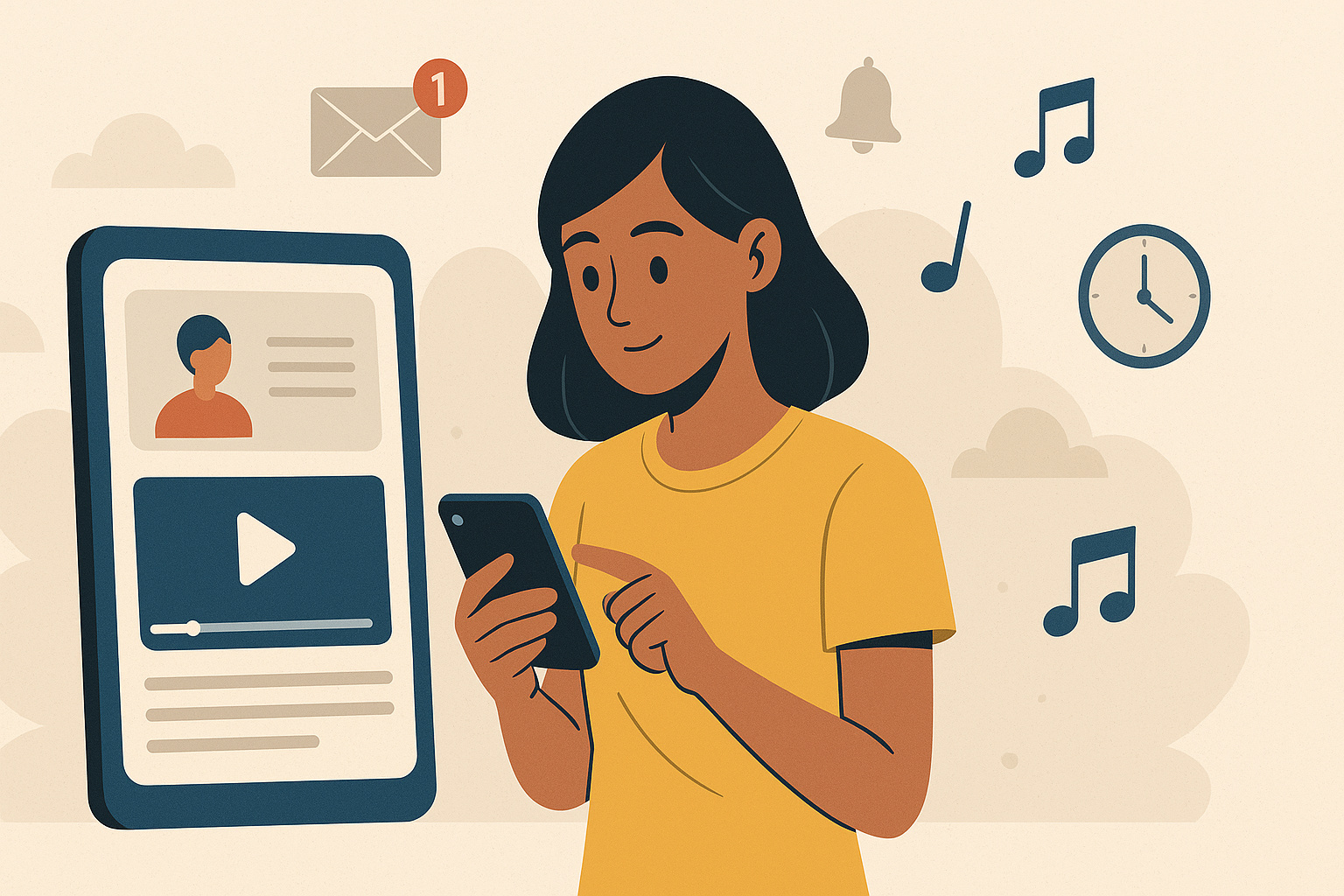
A Comprehensive Guide to Microlearning: Transforming Education in a Distracted World
Education 📚 2025-04-29 5 minutes to readIn our fast-paced, technology-driven society, attention spans are dwindling, with more distractions at our fingertips than ever before. As such, traditional educational models are increasingly being challenged to adapt and cater to modern learners. Enter microlearning, a burgeoning approach to education that delivers information in small, manageable, and easily digestible bursts. This method leverages digital technology to meet the evolving demands of learners who are faced with the constant challenge of balancing distractions with the need for continuous education and skill development. By 2025, microlearning is poised to become a pivotal tool in reshaping education systems worldwide, offering personalized and flexible learning experiences tailored to individual needs. Here’s your ultimate guide to understanding microlearning and its role in this rapidly changing educational landscape.
Understanding Microlearning: A New Educational Paradigm
Microlearning refers to an educational approach that revolves around delivering content in small, focused bursts. This model contrasts starkly with traditional teaching methods that typically involve large amounts of information delivered over extended periods. By dividing complex subjects into bite-sized pieces, microlearning caters to the modern learner's preference for concise, easily accessible content, which is often available on a range of devices, including smartphones and tablets.
Why Microlearning is Gaining Traction
The allure of microlearning lies in its flexibility and adaptability, responding to learners' varying paces and styles. With studies indicating average adult attention spans have dwindled to around eight seconds, microlearning's brief sessions are ideally timed to maintain engagement and facilitate better retention. Furthermore, its digital nature supports just-in-time learning, a valuable asset in today's rapidly changing job markets.
How to Choose the Right Microlearning Format
Microlearning formats are diverse, ranging from interactive videos and podcasts to quizzes and infographics. When selecting a microlearning format, it is crucial to consider the specific needs and preferences of the target audience, as well as the context in which the learning will occur.
Understanding Your Audience
A deep understanding of your audience's demographics, learning preferences, and technological access is vital when choosing a format. For instance, younger audiences may prefer video content, while professionals might lean towards quick-read articles or podcasts they can consume during their commute.
Context and Environment
Consider where and when the learning will take place. For example, employees needing to upskill during work hours may benefit from mobile-compatible micro-courses, allowing them to learn during breaks or commutes.
Maintenance and Ownership: Costs and Considerations
One of the unique aspects of microlearning is the relative ease and low cost of content production compared to traditional courses. Nevertheless, delivering effective microlearning requires continual updates and reevaluation of content to ensure relevance and effectiveness.
Development Costs
Initial development costs can vary based on the complexity of the content and the need for multimedia elements. Simpler text-based modules or infographics will have lower costs compared to interactive, high-quality videos.
Maintenance and Updates
Regular updates are essential to keep content current and aligned with industry standards. Establishing a cycle for content review and updates can help mitigate costs. Moreover, leveraging analytics from learner interactions can provide valuable insights into which materials need revision or expansion.
Embracing Microlearning: Key Insights and Practical Tips
In conclusion, as education systems and professional environments continue to evolve, microlearning stands out as an effective, flexible, and accessible solution for continuous education in a distracted world. By understanding its various formats and integrating it thoughtfully into learning strategies, individuals and organizations can harness microlearning's full potential.
- Ensure content is short, engaging, and easily digestible.
- Regularly update materials to keep them relevant and effective.
- Choose the right format based on audience preferences and technological accessibility.
- Incorporate diverse multimedia elements to cater to different learning styles.
Adopting microlearning can transform educational experiences, making learning more engaging and tailored to individual needs, ultimately fostering a more capable and adaptable workforce.
Microlearning offers a transformative approach to education, focusing on delivering small, manageable content bursts suitable for modern learners in a world full of distractions. By understanding different formats and aligning them with learner needs, educators can enhance engagement and retention. With low maintenance costs and adaptability, microlearning supports ongoing education and skill development across various fields, paving the way for more personalized and flexible learning experiences. Embrace microlearning by considering audience needs, regularly updating content, and choosing the right format for maximum impact.
